Masoud Kipanya is a name synonymous with versatility and innovation in Tanzania. Born into the vibrant culture of East Africa, Kipanya has carved a niche for himself across various sectors, including media, fashion, and now, the burgeoning field of electric vehicle manufacturing. This 500-word article delves into his life, career, and the recent challenges he has encountered as he ventures into uncharted territories.
Masoud Kipanya began his career as a cartoonist, quickly gaining notoriety for his sharp wit and the ability to capture the socio-political landscape of Tanzania through his art. His cartoons, which are widely circulated in national newspapers and online platforms, have not only entertained but also provoked thought and discourse among his audience. His unique style, characterized by humor and poignant observations of everyday life, earned him accolades and a steadfast following.
However, Kipanya’s talents are not confined to the realm of cartooning. He is also a celebrated radio journalist, known for his engaging interviews and insightful commentary on current affairs. His ability to connect with listeners and bring complex issues to the fore has made his radio shows a must-listen for many Tanzanians. Through his work in radio, Kipanya has further cemented his status as a key influencer in the Tanzanian media landscape.
In addition to his contributions to media and journalism, Masoud Kipanya is the entrepreneurial mind behind Kipanya Wear, a clothing company that has gained popularity for its quality and creativity. The brand reflects Kipanya’s artistic vision, blending contemporary designs with traditional Tanzanian motifs. This venture into the fashion industry showcases his versatility and commitment to promoting Tanzanian culture on a global stage.
The latest chapter in Masoud Kipanya’s illustrious career is perhaps his most ambitious undertaking yet: venturing into electric vehicle manufacturing. Recognizing the global shift towards sustainable transportation and the potential for electric vehicles (EVs) in Tanzania, Kipanya embarked on this journey to not only contribute to environmental conservation but also to position Tanzania as a player in the global EV market. This endeavor signifies a significant pivot from his previous roles but underscores his visionary approach and willingness to tackle new challenges.
The transition to electric vehicle manufacturing has not been without its hurdles. The EV industry in Tanzania, like in many developing countries, is in its nascent stages, with challenges ranging from infrastructural readiness to consumer acceptance. Kipanya has had to navigate these waters carefully, advocating for policy support, investment in charging infrastructure, and public education on the benefits of electric vehicles. Despite these challenges, his determination to drive innovation and sustainability in Tanzania’s transportation sector remains unwavering.
Masoud Kipanya’s journey from a cartoonist to an electric vehicle manufacturer encapsulates the spirit of innovation and resilience. His ability to seamlessly transition across different industries, all the while maintaining a commitment to societal improvement, is truly remarkable. As he forges ahead with his electric vehicle venture, the challenges are many, but so are the opportunities. Kipanya’s story is a testament to the power of vision, versatility, and relentless pursuit of progress.
Photo : millardayo.com


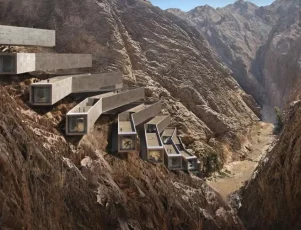




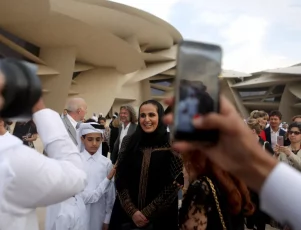

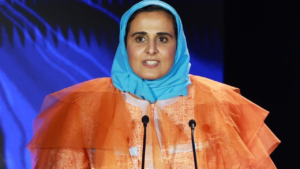 Sheikha Al-Mayassa has said that their goal is to develop a cultural ecosystem in Qatar that encompasses museums, exhibition galleries, an ambitious public art program, schools, film, photography and performing arts festivals, events, spaces for emerging creatives and fashion professionals and of design. She said, “We know that culture and the creative industries are key drivers of economic growth, both in Qatar and globally. And another of our priorities, closely related to the development of a cultural ecosystem, is to help introduce Qatar to other nations and cultures and to welcome people from those countries. We encourage creativity and intercultural understanding.”
Sheikha Al-Mayassa has said that their goal is to develop a cultural ecosystem in Qatar that encompasses museums, exhibition galleries, an ambitious public art program, schools, film, photography and performing arts festivals, events, spaces for emerging creatives and fashion professionals and of design. She said, “We know that culture and the creative industries are key drivers of economic growth, both in Qatar and globally. And another of our priorities, closely related to the development of a cultural ecosystem, is to help introduce Qatar to other nations and cultures and to welcome people from those countries. We encourage creativity and intercultural understanding.” North Field South is aiming to use the highest standards of extraction to reduce the greenhouse gas emissions associated with the project. The processing plant will be connected to Qatar’s electricity grid, meaning it will be powered in-part by renewable energy, mostly from the 800MW Al Kharsaah solar plant and the QatarEnergy solar plant currently under construction. Along with this, native CO
North Field South is aiming to use the highest standards of extraction to reduce the greenhouse gas emissions associated with the project. The processing plant will be connected to Qatar’s electricity grid, meaning it will be powered in-part by renewable energy, mostly from the 800MW Al Kharsaah solar plant and the QatarEnergy solar plant currently under construction. Along with this, native CO
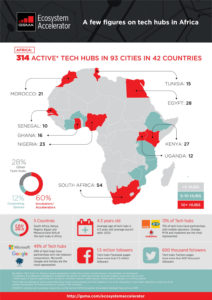 It is easy to conclude that the continent is already a hotbed for tech startups, especially as economic forecasts predict a record year for tech in Africa in 2022, with the possibility of total investments into startups reaching more than $7 billion. But while there is more money flowing into more companies than ever before, Africa’s record of scaling up these companies or even sustaining them, is poor.
It is easy to conclude that the continent is already a hotbed for tech startups, especially as economic forecasts predict a record year for tech in Africa in 2022, with the possibility of total investments into startups reaching more than $7 billion. But while there is more money flowing into more companies than ever before, Africa’s record of scaling up these companies or even sustaining them, is poor.

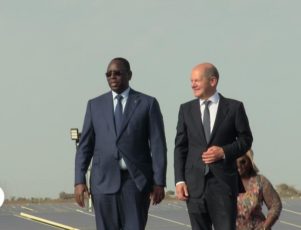
 The first major barrier for gas exports to Germany is the lack of infrastructure. Energy development projects are capital-intensive and generally require private-public partnerships. Sultan Wali, Ethiopia’s energy minister said that “African governments cannot carry out these projects alone.” Ndiarka Mbodji, the French-Senegalese founder of Berlin-based Kowry Energy echoed this, saying, “They need financial support from Germany and other rich western countries. Africa holds the key to resolving Europe’s energy crisis. And if we look at Africa’s resources, for example gas, you cannot underestimate its importance.”
The first major barrier for gas exports to Germany is the lack of infrastructure. Energy development projects are capital-intensive and generally require private-public partnerships. Sultan Wali, Ethiopia’s energy minister said that “African governments cannot carry out these projects alone.” Ndiarka Mbodji, the French-Senegalese founder of Berlin-based Kowry Energy echoed this, saying, “They need financial support from Germany and other rich western countries. Africa holds the key to resolving Europe’s energy crisis. And if we look at Africa’s resources, for example gas, you cannot underestimate its importance.” The
The